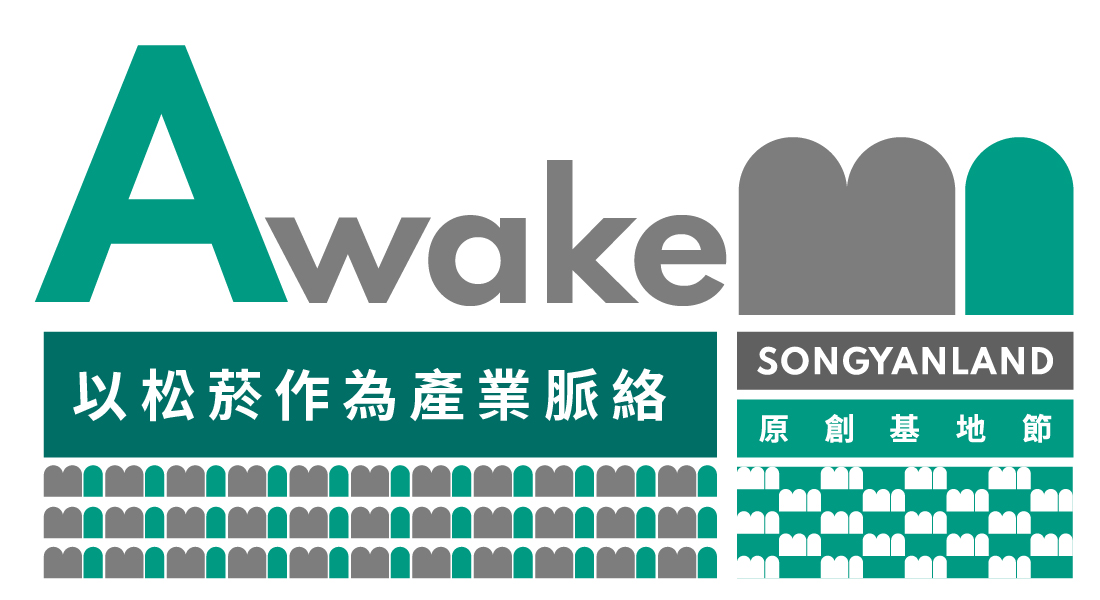



松菸 FESTIVAL
Awake:以松菸作為喚醒產業脈絡。

A1 Awake展區介紹
1937年起建的松山煙草工場於1939年逐區營運,歷經「臺灣總督府專賣局松山煙草工場」、「臺灣省菸酒公賣局松山菸廠」到「台北市文化基金會松山文創園區」,中間歷經臺灣菸葉產業的發展脈絡,再到現在臺北市的原創基地,建築與場域精神始終提醒著曾經的絕代風華,日治時期的建築主體,辦公廳舍、製菸工廠、澡堂到休閒功能的晚香園和宿舍都展現出工業村的豐富功能性,雖然在1998年休廠後逐漸被淡忘,但透過訪談老員工(李麗嬌、沈萬英、高國偉、張足、張素英、黃亦錫、黃玉燕等)翻出的老照片和物件,從記憶中驗證當時驚人的產值和優良的員工福利,同時呈現攝影師陳碧岩1999年所拍攝休廠的珍貴畫面,讓人再度走進那段精彩的光輝歲月。同時和誠品松菸店合作共享閱讀區,一同將本展覽的概念透過不同的作者呈現更寬廣的視野。
共享書籍專區:誠品書店
Awake: Using Songyan to awaken industrial context
The construction of the Songshan Tobacco Factory began in 1937, with the factory partially opened for operations in 1939. Having been through a monopoly system in the Japanese colonial era, a state-owned period under the Taiwan Tobacco and Wine Monopoly Bureau, and now as the Songshan Cultural and Creative Park under the Taipei Culture Foundation, the site has witnessed the development of the tobacco industry in Taiwan. Now as a base for original creativity in Taipei, the buildings and the site-specific spirit experienced here continue to remind us of the site’s glorious heydays. The site’s Japanese colonial architecture, including the main building, the office building, the tobacco plant, the bathhouse, the leisure Baroque Garden (which was called Wan-Hsiang-Yuan, or “garden of evening fragrance”), and the dormitory aptly demonstrate the diverse functions of this former industrial village. Although it was slowly forgotten in 1998 when the factory was shut down, however, through interviews with its former workers (Li Li-Chiao, Shen Wan-Ying, Kao Kuo-Wei, Chang Tsu, Chang Su-Ying, Haung I-Hsi, Huang Yu-Yen, and others) and the old photographs and objects shared by them, their recollections prove the factory’s once incredible production values and the excellent employee benefits which they enjoyed at the time. Rare photographs taken by Chen Pi-Yen in 1999 after the factory was shut down are also presented, inviting everyone to revisit that glorious chapter in history. Also organized at the same time is a reading area that’s in collaboration with the Eslite Spectrum Songyan Store, where the writings of different authors are shared to present the exhibition’s concept through different perspectives.